The Land of the Rising Sun
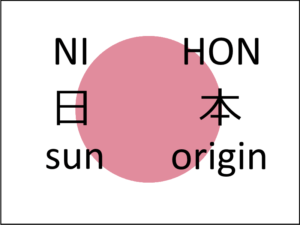
The word “Japan,” for you crossword puzzle and Scrabble fans, is an exonym for the land of the rising sun. An exonym,this one worth at least eighteen points, is a common name for a place that is only used outside of that place. In other words, in Japan Japan ain’t Japan;it’s Nihon. Nihon is derived from the Japanese characters that are read “ni” and “hon” and mean sun and origin, respectively. Legend has it that Europeans first learned of Japan from the Chinese, and the word Japan comes from the European pronunciation of the Chinese pronunciation of Nihon. Marco Polo first wrote about Japan and a European map from 1457 has it marked as Cipangu. Just to make things more confusing, the modern English transliteration of the Japanese pronunciation of Cipangu is usually written Zipangu. According to Wikipedia, “Japan” owes its pronunciation to the Dutch pronunciation of a southern Chinese pronunciation of the reading of the Japanese characters Ni and Hon. Chances are this all sounds like Greek to you by now. The important thing to note is that Japan is what Japan is called most places except Japan, where it’s called Nihon. An exception is when it’s called Nippon, which is an officially accepted variant and often used by the government and when folks are feeling particularly, er, Japanese. Now I’m confusing myself.
Traditionally, “The Land of the Rising Sun” is explained through Asian eyes. There isn’t much of anything but water for a long stretch to the east of Japan, so looking east from Korea or China it might well seem the sun rises (or originates) from Japan, err, Nihon. That the Japanese called themselves the land of the rising sun is attested to by a letter from Prince Shotoku to the Chinese Emperor in 607 and addressed, “from the Son of Heaven in the land where the sun rises to the Son of Heaven in the land where the sun sets. ” It’s a topic for several more articles, but basically the Japanese belief in the sun origin is that their gods were sun gods who created the islands which are now called Nihon by the people who live there.The sun both rises and is the origin here.
Administrative Division
From largest to smallest,Japan is divided into prefectures,forty seven of them;cities,towns and villages. Keeping with the seemingly deliberate difficulty of names here, the word for prefecture is “ken” and forty three are called that.Osaka and Kyoto are called “fu” though they are “ken” Hokkaido is called “do” and Tokyo is called “to.” They are all really ken,nor prefectures, though. Cities, towns and villages are divided into areas, or districts which are named.Readers may be familiar with Roppongi, Ginza or Akasaka. Areas with names are further divided into chome [pronounced choe may] which are then divided by smaller areas given numbers, and finally buildings, which are usually named and numbered. An address might be Fukuoka prefecture, Kurume city, Akasaka 3 chome, 10 – 26. On a map you look for Akasaka,then find chome number three, then area 10 and building 26, which may also be named something like Gentile, or PureDome, or even Aberration, though the names are not often listed on maps. If you need to look at a Japanese map, the symbol for chome is 丁目. Something many westerners find uncomfortable is that most streets aren’t named,making it impossible to know if you’re “on the street where she lives,” or not.
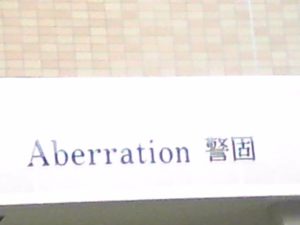
thought I was kidding, didn’t you ?
hang on to your hats! part 3 is in the works

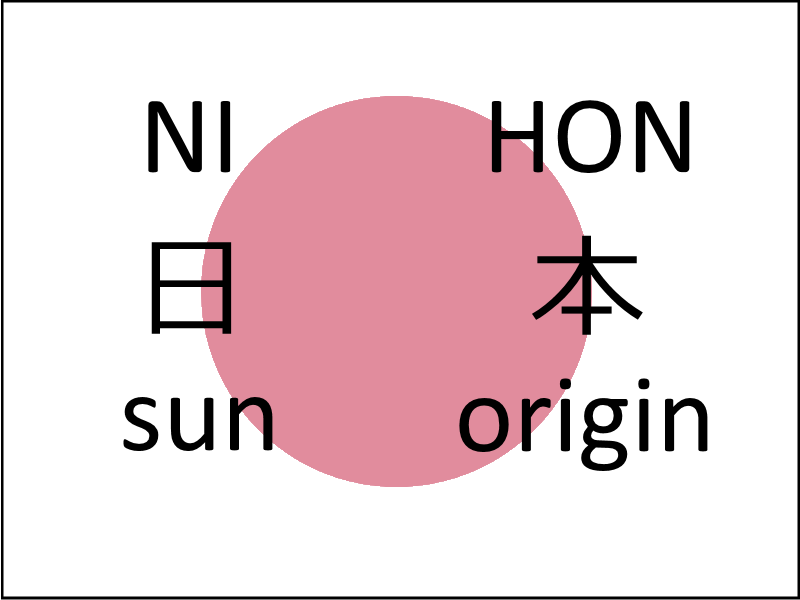
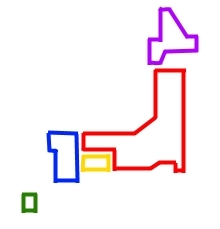
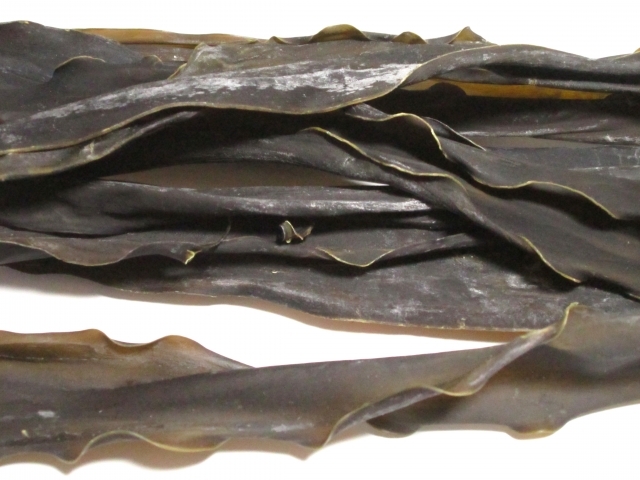
Comments